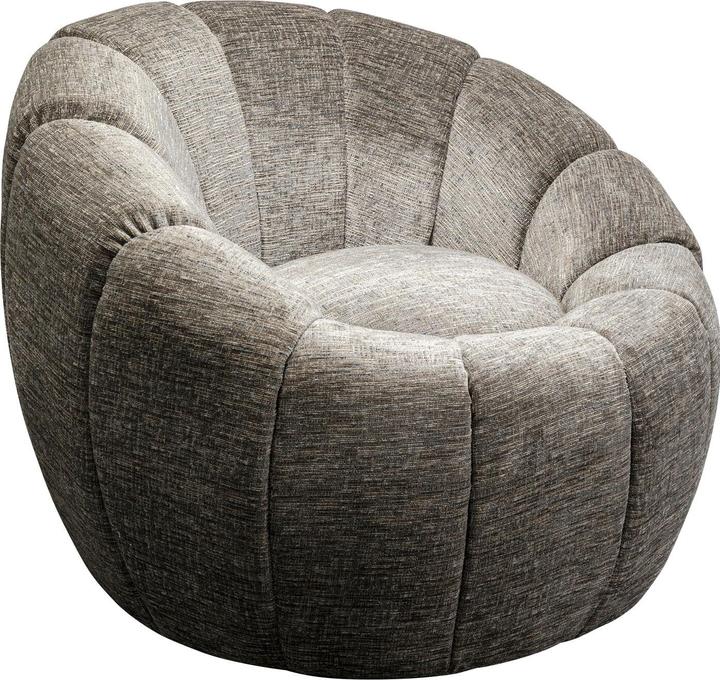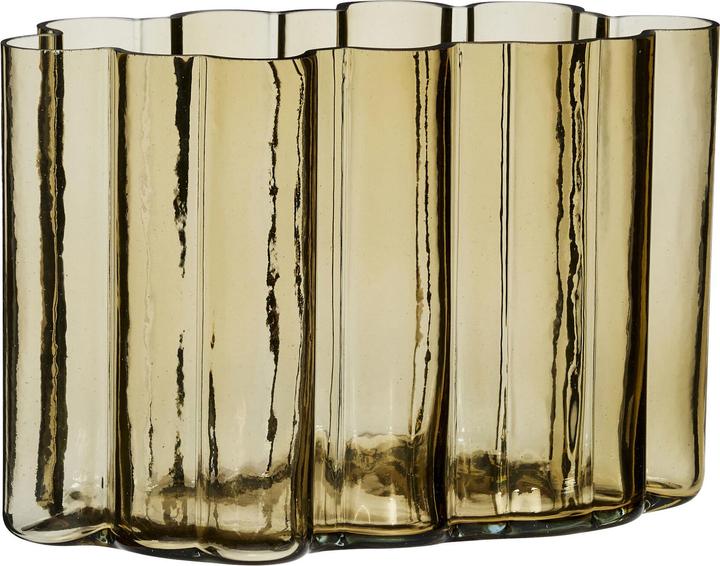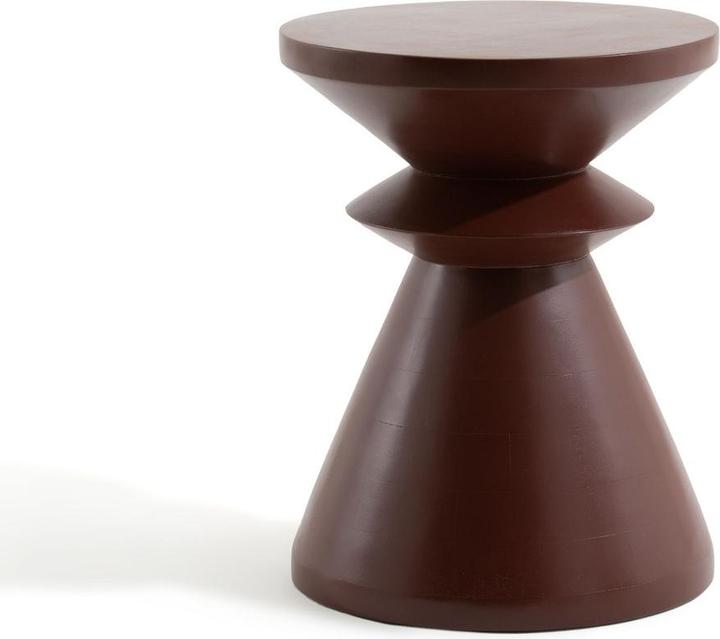

Furniture dupes and originals - can you tell the difference?
Because it is difficult, and rarely meaningful, to reinvent the wheel, design often likes to quote. I'll tell you which design icons certain furniture and home accessories from our range are inspired by.
In this series of articles, I share the profiles of well-known furniture classics with you. On the one hand, because I like the stories behind things. On the other hand, because I want to explain the origins of selected furniture. This way, you'll get an overview and perhaps recognise what's a dupe and what's a cheeky copy the next time you buy something.
1. "IC Lights T1"
- Designer: Michael Anastassiades
- Manufacturer: Flos
- Year of creation: 2014
- Made in: Italy
- Value: approx. 530 euros

Source: Pia Seidel
Michael Anastassiades has been designing minimalist light sculptures for the Italian brand Flos for years. The "IC Lights T1" collection is one of the oldest and best-known of these. It consists of table, floor, wall and pendant lights. According to Flos, Anastassiades was fascinated by the contact juggler Tony Duncan and wanted to capture the magic of the moving balls in a design. He succeeded - all the balls in the "IC Lights T1" series appear to float above the filigree metal rods. The table lamps are available in two versions: In the High version, the illuminated sphere rests at the top, while in the Low version it rests at the bottom of the lamp base. At first glance, the "Lullaby" lamp from Ozaia could be part of the collection. Its sphere also hangs down magically depending on the viewing angle. On closer inspection, however, the connection to the narrow rod becomes more visible than with the originals.
2. "Nelson Saucer Bubble Pendant"
- Designers: George Nelson and William Renwick
- Manufacturer: Howard Miller Clock Company
- Year of creation: 1950
- Made in: Germany
- Value: approx. 700 euros

Source: Pia Seidel
Howard Miller was originally known for watches. Then George Nelson helped the company to open up new markets. For example, the American architect designed the "Nelson Saucer Bubble Pendant" together with colleague William Renwick. Like few other designs at the time, the bubble lamp emits a soft, even light and appears to float in the room. This is due to its design: the lampshade looks as if it is made of silk. In fact, it is made of filigree steel arches covered with a plastic membrane. This technique was developed by the US military and used to save on materials in production. It is now imitated by many other brands, including Nordlux and Lucide, to produce similar pendant lights. The Bubble lamp itself was manufactured by Howard Miller from 1950 to 1979. Today, it is produced according to the "original specifications using the original Howard Miller moulds" by SCP.
3. "Pumpkin Chair"
- Designer: Pierre Paulin
- Manufacturer: Ligne Roset
- Year of creation: 1971
- Made in: France
- Value: from 2500 euros

Source: Pia Seidel
Lately, the Togo from Ligne Roset has been the talk of the town. But the brand has even more design classics to offer. For example, the "Pumpkin Chair" by Pierre Paulin. The armchair was mass-produced in the early 1970s for the redesign of President Georges Pompidou's flat in the Élysée Palace. France hoped that this would revitalise the country's ailing design industry. Of all the Paulin furniture, the "Pumpkin Chair" stood out the most. Because its shape is reminiscent of a pumpkin and because its seat is particularly inviting. Nevertheless, Ligne Roset stopped production for a while. The sculptural armchair has only been available again as a new edition since 2008. And other brands such as Kare Design and Venture Home are also picking up on the round pumpkin shape in their current designs - whether consciously or unconsciously.
4. "Round Chair"
- Designer: Hans J. Wegner
- Manufacturer: Johannes Hansen
- Year of creation: 1949
- Made in: Denmark
- Value: from 3000 euros

Source: Pia Seidel
Hans J. Wegner designed a total of 500 chairs in his career as a designer. Several of these are considered design icons today. This includes the "Round Chair", which Wegner presented for the first time in 1949 at the annual exhibition of the "Cabinetmakers' Guild" in Copenhagen. The chair consisted of a wooden semicircle that balanced on its tapered legs. Either a hand-woven cane or leather seat was stretched between its legs. The minimalist form was considered a high art of carpentry and aesthetic. According to 1st Dibs, Interiors magazine declared the chair "the most beautiful chair in the world" in 1950. In the 1950s, the "Round Chair" was still produced by Danish furniture manufacturer Johannes Hansen. Now you can find it at the Danish joinery PP Møbler, which wants to preserve Wegner's legacy. Or in a modified form at brands such as Atelier del Sofa.
5th "Saarinen Conference Chair"
- Designer: Eero Saarinen
- Manufacturer: Knoll
- Year of manufacture: 1946 - 1950
- Made in: Germany
- Value: approx. 1300 euros

Source: Pia Seidel
The "Saarinen Conference Chair" was created by designer Eero Saarinen for the German manufacturer Knoll International and is characterised by its hole in the backrest and its organic shape. The latter is based on the design of the "Organic Chair", which Eero Saarinen designed in the 1940s in collaboration with another icon, Charles Eames. What also sets the chair apart from conventional designs is its versatility: to this day, Knoll offers it in a wide variety of materials, meaning it can be used in dining rooms as well as modern offices. Other brands also seem to see the potential in this multifunctionality. The Kave Home brand, for example, offers a similar dining chair in various designs.
6. "Savoy"
- Designer: Alvar Aalto
- Manufacturer: Iittala
- Year of creation: 1937
- Made in: Germany
- Value: from 120 euros

Source: Pia Seidel
Alvar Aalto was a Finnish architect, urban planner and furniture designer who was regularly inspired by nature. The "Savoy" vase is just one example of this. It was created for Finland's oldest glass manufacturer, "Iittala", and is still very popular in the design scene today. The "Aalto Vase" not only impresses with flowers, but also without - with its natural appearance and tinted glass in various colours. Almost any type of flower can look good thanks to this design. The undulating curves are ideal for arranging individual stems and structuring an arrangement. It is therefore not surprising that the flowery style has also been adopted by other brands such as Hübsch and Villeroy & Boch.
7. "Eames Time-Life Stools"
- Designers: Charles and Ray Eames
- Manufacturer: Eames
- Year of creation: 1960
- Made in: USA
- Value: from 2000 euros

Source: Pia Seidel
Charles and Ray Eames were commissioned to furnish the lobbies of the Time Life building at Rockefeller Center in New York City in 1960. For this occasion, the creative duo set out to design multifunctional furniture with an informal character. The attempt was a success: the "Eames Time-Life Stools" are a side table and stool in one and a rare Eames design made from solid blocks of wood. In addition to the function, the appearance also scores points. The walnut wood has a warm effect and the chess piece-like shapes have a cosy feel. Other brands, including SIT Möbel and Am.Pm, have also discovered this mix for themselves.
Like a cheerleader, I love celebrating good design and bringing you closer to everything furniture- and interior design- related. I regularly curate simple yet sophisticated interior ideas, report on trends and interview creative minds about their work.















